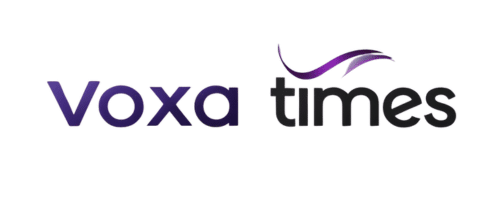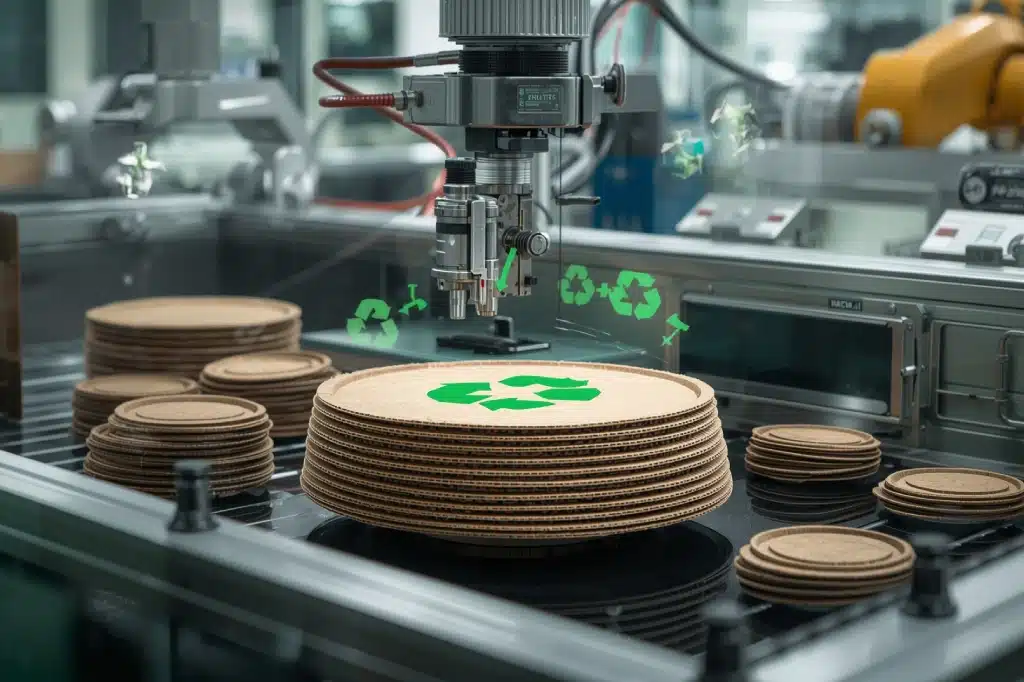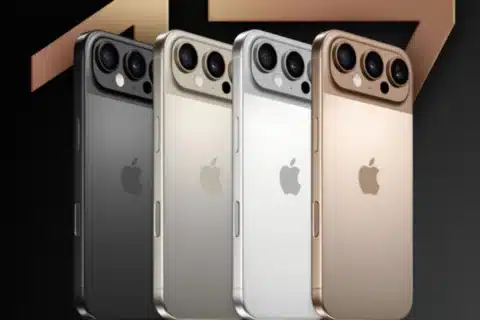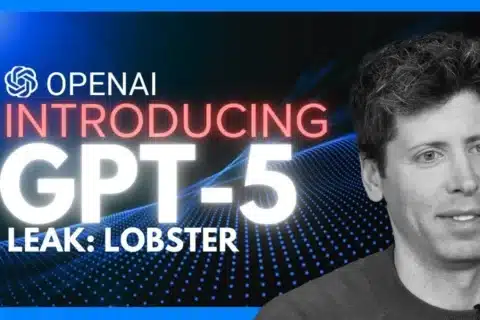What if the future of packaging was both green and tech-driven? The rise of Pappedeckel, or cardboard lids, shows us that technology is not only enhancing packaging efficiency but also making it eco-friendly. With a growing emphasis on sustainability, cardboard lids are becoming an increasingly popular alternative to plastic, especially in industries like food packaging, e-commerce, and more. This blog explores how automation, 3D printing, smart packaging, and advanced coatings are revolutionizing Pappedeckel production, making it more sustainable and efficient.
Why Are Pappedeckel Gaining Popularity in Sustainable Packaging?
The demand for Pappedeckel is surging as concerns about plastic waste grow. Unlike plastic, cardboard lids are recyclable, biodegradable, and compostable, aligning perfectly with the shift toward green packaging. According to the 2025 McKinsey Report, “Sustainable Packaging Trends 2025”, 75% of consumers now prefer eco-friendly packaging. This trend is driving the adoption of Pappedeckel across multiple industries, including food, beverage, and e-commerce.
Key Benefits of Pappedeckel:
- Eco-Friendly: Made from renewable resources, Pappedeckel significantly reduces the environmental impact compared to plastic.
- Customizable: Can be tailored to meet the specific needs of different products.
- Cost-Effective: Durable and affordable for mass production.
Technological Innovations Revolutionizing Pappedeckel
1. Automation in Production Processes
Automation is transforming the Pappedeckel manufacturing process. Robotic systems and AI-driven machinery are increasing production speed and consistency. The 2025 Packaging World Report, “Automation in Packaging 2025,” reveals that automation has boosted production speed by 40% for companies like Smurfit Kappa.
Key Benefits:
- Speed: Produces large quantities rapidly, meeting market demand.
- Consistency: Ensures uniform quality for optimal packaging integrity.
- Cost-Efficiency: Reduces labor costs and waste, leading to more competitive pricing.
2. 3D Printing and Sustainable Materials
3D printing allows for the customization of Pappedeckel, minimizing waste by creating lids tailored to specific product needs. According to Smurfit Kappa’s 2024 sustainability report, 3D printing has helped the company reduce material use by 15%, all while using recycled cardboard.
Key Benefits:
- Customization: Tailor lids to specific product dimensions.
- Reduced Waste: Uses only the necessary amount of material.
- Recyclable Materials: Post-consumer cardboard contributes to a circular economy.
3. Smart Packaging and IoT Integration
Smart packaging is taking Pappedeckel to the next level. By integrating IoT sensors and RFID chips, companies can track perishable goods in real time. A 2025 Gartner study highlights how these technologies are used to monitor temperature and humidity in dairy product packaging.
Key Benefits:
- Real-time Monitoring: Tracks temperature, humidity, and other factors.
- Interactive Features: QR codes on packaging provide detailed product information and promotions.
- Reduced Damage: Optimizes storage conditions, reducing spoilage and damage.
4. Advanced Coatings and Barrier Technologies
Eco-friendly coatings are enhancing the durability of Pappedeckel. Water-based coatings improve moisture and oil resistance while remaining environmentally friendly. According to the 2025 PMMI Report, “Advancements in Packaging Coatings”, these coatings are an essential part of the sustainability movement in packaging.
Key Benefits:
- Enhanced Durability: Protects against environmental factors.
- Biodegradable: Maintains eco-friendliness even in the coatings.
- Improved Shelf Life: Helps preserve food and beverage freshness for longer.
How Technology is Enhancing Sustainability in Pappedeckel Production
Technological advancements are also optimizing material use, reducing waste by 20% according to the 2025 Packaging World report. Innovative recycling methods are now enabling the use of post-consumer cardboard, which supports the circular economy and further reduces the demand for new resources.
European demand for Pappedeckel is expected to grow by 15% by 2026, according to Euromonitor (2025). The growth of sustainable packaging reflects the industry’s commitment to reducing environmental impact.
Key Takeaways:
- Automation boosts production speed by 40% (Packaging World, 2025).
- 3D printing reduces waste by 15% in cardboard lid manufacturing (Smurfit Kappa, 2024).
- IoT-enabled smart lids enhance product tracking and consumer engagement (Gartner, 2025).
- Biodegradable coatings improve durability while maintaining eco-friendliness (PMMI, 2025).
FAQ
What are Pappedeckel used for?
Pappedeckel are primarily used for food, beverage, and e-commerce packaging, providing protective sealing.
Why are cardboard lids better than plastic?
Cardboard lids are biodegradable, recyclable, and made from renewable resources, which makes them a more eco-friendly choice than plastic.
How is technology improving Pappedeckel production?
Automation, 3D printing, IoT, and advanced coatings are improving production efficiency, customization, and sustainability.
Can smart packaging be used with cardboard lids?
Yes, IoT sensors and RFID chips enable real-time tracking and interactive features, making Pappedeckel ideal for smart packaging applications.
How do biodegradable coatings improve Pappedeckel?
These coatings provide moisture and oil resistance while maintaining the sustainability of the packaging.
Conclusion:
The future of Pappedeckel is bright, with technologies like automation, 3D printing, IoT, and biodegradable coatings driving innovation and sustainability. As more businesses look to adopt greener packaging options, Pappedeckel is poised to become a leading solution in the packaging industry. How can your business make the switch to eco-friendly packaging? Share your ideas below or vote in our poll: Should businesses prioritize Pappedeckel for sustainability?







